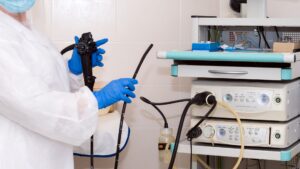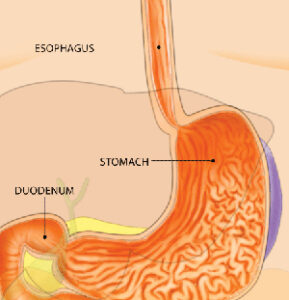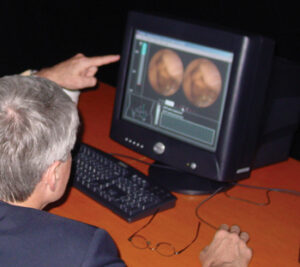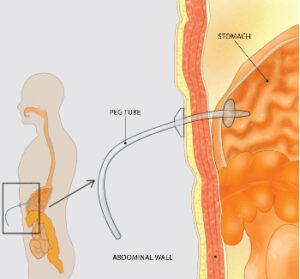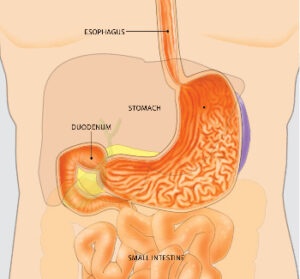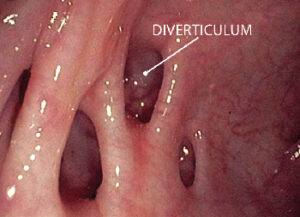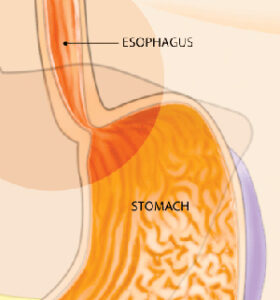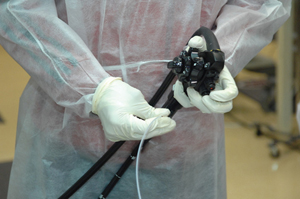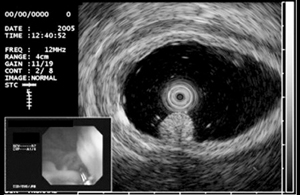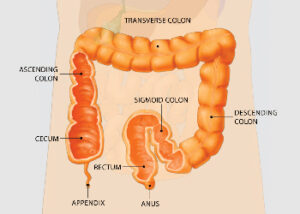gastroenterologist
At AGH of Greater Washington, we are dedicated to delivering cutting-edge healthcare with a focus on preventive medicine. Our commitment stems from a desire to offer our patients the same level of sensitivity and professionalism we would expect for ourselves and our family members when visiting a physician. Learn more and get in touch with…
Read MoreWhat is esophageal dilation? Esophageal dilation is a procedure that allows your doctor to dilate, or stretch, a narrowed area of your esophagus [swallowing tube]. Doctors can use various techniques for this procedure. Your doctor might perform the procedure as part of a sedated endoscopy. Alternatively, your doctor might apply a local anesthetic spray to…
Read MoreWhat is capsule endoscopy? Capsule endoscopy lets your doctor examine the lining of the middle part of your gastrointestinal tract, which includes the three portions of the small intestine (duodenum, jejunum and ileum). Your doctor will give you a pill-sized video camera for you to swallow. This camera has its own light source and takes…
Read MoreWhat is a PEG? PEG stands for percutaneous endoscopic gastrostomy, a procedure in which a flexible feeding tube is placed through the abdominal wall and into the stomach. PEG allows nutrition, fluids and/or medications to be put directly into the stomach, bypassing the mouth and esophagus. This brochure will give you a basic understanding of…
Read MoreThe Benefits of Endoscopy Endoscopy involves the use of flexible tubes, known as endoscopes, to provide a close-up, color television view of the inside of the digestive tract. Upper endoscopes are passed through the mouth to visualize the esophagus (food pipe), stomach, and duodenum (first portion of the small intestine), while lower endoscopes (colonoscopes) are…
Read MoreWhat is diverticulosis? Diverticulosis is a condition in which there are small pouches or pockets in the wall or lining of any portion of the digestive tract. These pockets occur when the inner layer of the digestive tract pushes through weak spots in the outer layer. A single pouch is called a diverticulum. The pouches…
Read MoreWhat is esophageal testing, also called manometry, and why is it performed? Esophageal testing or manometry measures the pressures and the pattern of muscle contractions in your esophagus. Abnormalities in the contractions and strength of the muscle or in the sphincter at the lower end of the esophagus can result in pain, heartburn, and/or difficulty…
Read MoreWhat is ERCP? Endoscopic retrograde cholangio-pancreatography, or ERCP, is a specialized technique used to study the bile ducts, pancreatic duct, and gallbladder. Ducts are drainage routes; the drainage channels from the liver are called bile or biliary ducts. The pancreatic duct is the drainage channel from the pancreas. How is ERCP performed? During ERCP, your…
Read MoreWhat is EUS? Endoscopic ultrasonography (EUS) allows your doctor to examine your esophageal and stomach linings as well as the walls of your upper and lower gastrointestinal tract. The upper tract consists of the esophagus, stomach, and duodenum; the lower tract includes your colon and rectum. EUS is also used to study other organs that…
Read MoreWhat is Gastroesophageal Reflux Disease (GERD)? Gastroesophageal reflux occurs when contents in the stomach flow back into the esophagus. This happens when the valve between the stomach and the esophagus, known as the lower esophageal sphincter, does not close properly. What are the symptoms of Gastroesophageal Reflux Disease? Common symptoms of gastroesophageal reflux disease are…
Read MoreWhat is a colonoscopy? Colonoscopy lets your doctor examine the lining of your large intestine (colon) for abnormalities by inserting a thin flexible tube, as thick as your finger, into your anus and slowly advancing it into the rectum and colon. This instrument, called a colonoscope, has its own lens and light source and it…
Read More

